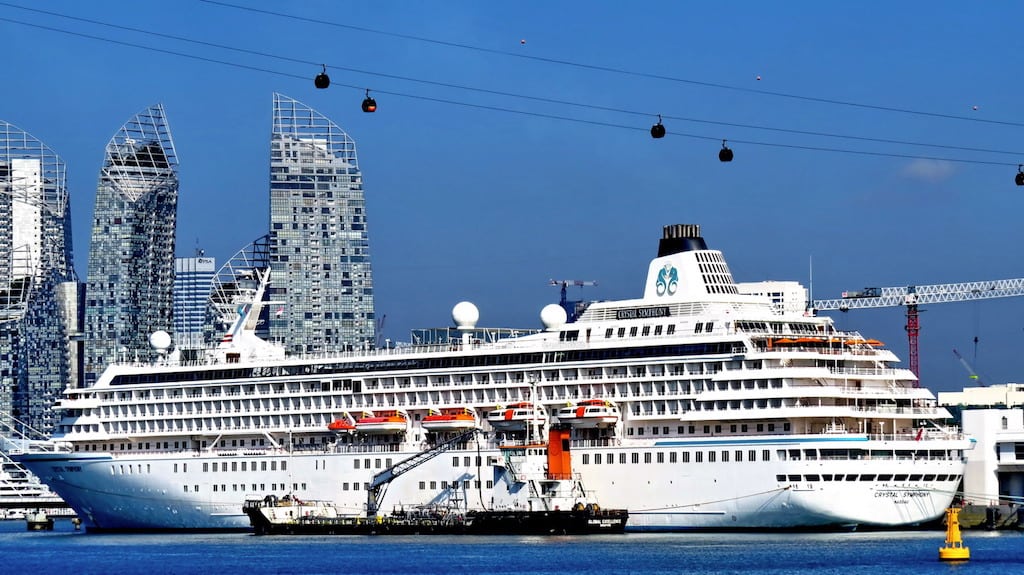CEO Interview: How Cruising Has Prepared for Its Push Into Asia

Skift Take
Cruising has quietly gotten its act together after regulators and public opinion turned against the industry a few years ago following several safety and health mishaps. Now, it's up to the industry's leaders to chart a course for the future.
It's been a quiet couple of years for the cruise industry when it comes to safety and security incidents, which has freed up the industry's trade group to gear up for a global pivot instead of focusing on public relations triage.
Cruise Lines International Association (CLIA) president and CEO Cindy D'Aoust, who originally joined the organization in 2014 and was recently promoted this year, has worked to solidify the global coalition of cruise groups that CLIA has been working to unite since 2013.
At a time when major cruise lines themselves have been focused on promoting new ships and breaking into new markets like China, CLIA has quietly been working to create a global framework for cooperation across the industry.
Skift spoke to D'Aoust in Vancouver about CLIA's policy role in Washington, the challenges of uniting the stakeholders in a giant global industry, and why all eyes in cruising are on Asia.
Skift: CLIA moved its operations from South Florida to Washington, D.C., a few years ago. My view was that this represented a bit of a shift towards handling more policy and regulatory issues instead of travel agent issues. How has that change developed?
D'Aoust: That's really a very good question. When I first came on we were at such a pivotal time in our history and we were moving our operations to DC. That was the major shift for us and required a lot of changes we had, new infrastructure, new systems, we invested in a lot of global thing to help us really live into t
